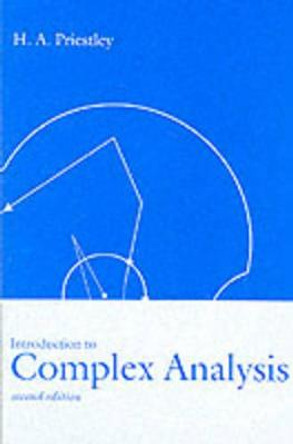Description
Spectral theory is the branch of mathematics devoted to the study of matrices and their eigenvalues, as well as their infinite-dimensional counterparts, linear operators and their spectra. Spectral theory is ubiquitous in science and engineering because so many physical phenomena, being essentially linear in nature, can be modelled using linear operators. On the other hand, complex analysis is the calculus of functions of a complex variable. They are widely used in mathematics, physics, and in engineering. Both topics are related to numerous other domains in mathematics as well as other branches of science and engineering. The list includes, but is not restricted to, analytical mechanics, physics, astronomy (celestial mechanics), geology (weather modeling), chemistry (reaction rates), biology, population modeling, economics (stock trends, interest rates and the market equilibrium price changes).
There are many other connections, and in recent years there has been a tremendous amount of work on reproducing kernel Hilbert spaces of analytic functions, on the operators acting on them, as well as on applications in physics and engineering, which arise from pure topics like interpolation and sampling. Many of these connections are discussed in articles included in this book.
About the Author
H. Garth Dales, Lancaster University, United Kingdom.
Dmitry Khavinson, University of South Florida, Tampa, FL.
Javad Mashreghi, Laval University, Quebec, QC, Canada.
Book Information
ISBN 9781470446925
Author H. Garth Dales
Format Paperback
Page Count 282
Imprint American Mathematical Society
Publisher American Mathematical Society
Weight(grams) 525g




